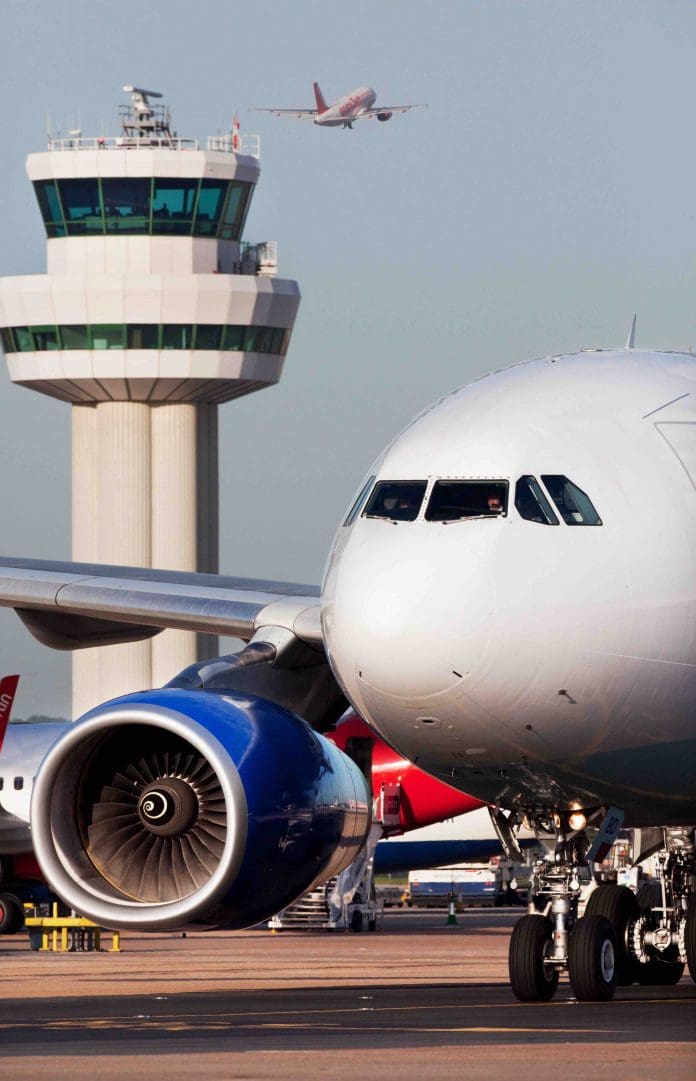London Gatwick has created a new geospatial platform using Esri’s GIS (Geographic Information System) technology to support multiple operational areas at the airport, including engineering and environmental services
The system is already making engineering and construction works safer by reducing accidental strikes on buried utilities and enabling better management of the airport’s biodiversity.
London Gatwick is the busiest single runway airport in the world, supporting 55 movements an hour and holds the world record for most aircraft movements in a single day at 906.
Over 40m passengers travelled through London Gatwick in 2023, with access to over 150 short-haul and more than 45 long-haul destinations, served by more than 40 airlines.
Single view of data
The geospatial platform contains critical infrastructure information spanning the 70-year history of the airport, including BIM, CAD, utilities, environmental, aerial photography and legacy data.
By integrating all spatial data into a single view, combined with analysis tools, mobile apps and dashboards, the Esri platform provides new insights to support better collaboration and decision-making across the airport.
Field engineers, third party contractors and major consulting firms all use the same single view of data, accessible on any device, when planning excavations. With up to 50 engineering and construction projects on site at any one time, the new system is making work safer and reducing risk of disruption to airport operations from any unplanned outages.
Biodiversity net gain
London Gatwick is using the geospatial platform to support its award-winning Biodiversity Action Plan, designed to deliver a biodiversity net gain at the airport by 2030.
Within the airport boundaries are 75 hectares of woodlands, grasslands and wetlands, inhabited by hundreds of species of mammals, birds, insects and bees.
Environmental data in the GIS includes environmental stewardship areas, notable birds, protected, rare or invasive alien species and bat box locations. The system also visualises the estimated embodied carbon of built assets.
Reducing carbon emissions
Insights from the GIS allow London Gatwick to plan works around any environmentally sensitive sites to minimise impact and seek ways to bring additional benefits, such as improving biodiversity.
The embodied carbon data allows users to see the carbon ‘price’ of assets, supporting sustainability decisions by showing the potential carbon emissions of demolitions or new construction.
Being able to visualise and interrogate all spatial data from any discipline, on any device, is critical to the sustainable future of London Gatwick. Democratising spatial data in this way drives significantly more business and operational value from it.
GIS in the cloud
Esri UK’s Managed Cloud Service made GIS more accessible at lower cost than an on-premises approach. It also removes the burden of system management and updates, which saves a significant amount of time, allowing more resource to focus on strategic projects. The new system is quicker and easier to use, and the benefits far outweigh the cost.
Future plans for the geospatial platform
Future plans include using the system as a planning tool for estate-wide works, including runway maintenance and repairs and making the data available to local planning authorities bordering the airport to help streamline their planning process.
The airport’s sustainability strategy is also set to benefit from the GIS, by helping to determine the optimal sites for solar panels, from potentially floating them in lakes or installing them on the most effective rooftops. London Gatwick’s Decade of Change roadmap includes sourcing 50% of airport electricity from renewable sources, with onsite generation part of the mix.
Requests for new types of online maps are coming from across the business on a daily basis so the system is growing all the time. It’s expected that the geospatial platform will grow significantly within the next 12 months.
Operating as a commercial airport since 1958, London Gatwick is the UK’s second largest airport and is a vital piece of national infrastructure that helps drive both the regional and national economy. As a complex site with over 70 years of history, the airport is building a virtual representation of what has previously been built along with future plans, which helps manage its development.
Simon Richardson
Digital information lead
London Gatwick Airport
www.gatwickairport.com/company














